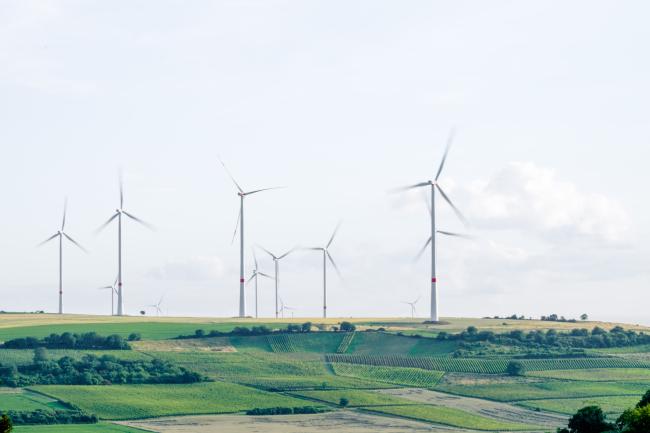A Cautionary Tale from Vermont
Before you get into the details of the lesson, please have a look at the following story from the New York Times about wind farms in Vermont: Intermittent Nature of Green Power is Challenge for Utilities.
As you are reading the story, think about the following questions (these would apply to solar as well as wind, but since the story is specifically about wind, we’ll pick on wind to frame the questions). Clearly, the integration of wind into the Vermont electric grid (which is interconnected to the rest of the New England grid) has not gone as smoothly as we might have hoped.
- Why does one wind farm in Vermont represent a challenge for ISO New England, which is the RTO that operates the electric transmission system in all six New England states (not just Vermont)? Isn’t this one wind farm too small to have much of an impact, relative to the entire New England power grid?
- What has ISO New England done in response to that challenge?
- How have other generation resources within Vermont or the New England grid been impacted?
- What is the impact of ISO New England’s operational rules and market structures on the financial viability of wind energy in Vermont? Of other generators in New England, given increasing wind penetration in the New England grid?
- Do you see any conflicts or complementarities between ISO New England’s operational rules and the desire of states within the ISO New England footprint to increase their utilization of renewable energy? The tension between RTO rules and state energy policy is a complex legal issue that is affecting many areas right now, not just one small state in New England.

